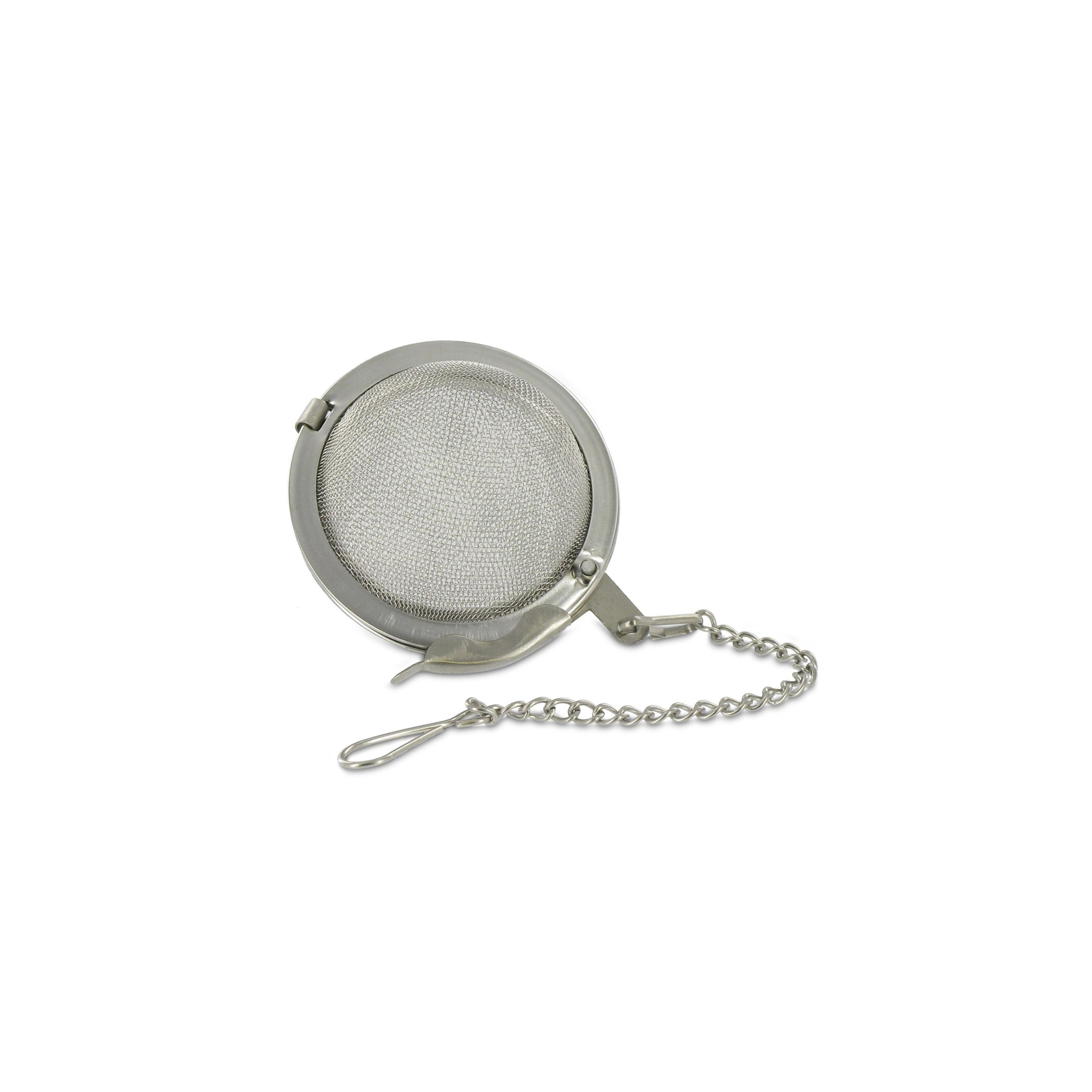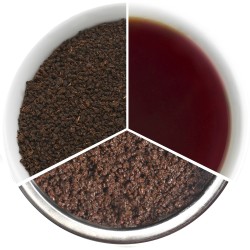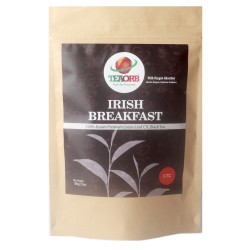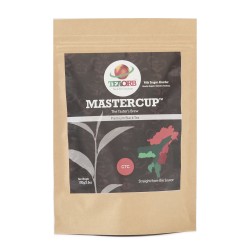Tea can build your bones

If you have read our previous posts, you must have met one of the magical chemicals that only recently have seen the light of scientific research. A part of the traditional system for millennia-old medicine of the East, these organic compounds called flavonoids are abundantly found in our teas.
Recent new findings published by Japanese scientists in 2015 show that tea helps in repairing bones and is good for patients with osteoporosis.
To understand how the flavonoids of tea help in bone repair, we need to know about two processes by which our bones form and how they become weak. Physicians diagnose an imbalance in our skeletal growth when bone re-absorption exceeds bone formation. Bone re-absorption is a necessary process, in which bone cells also known as osteoclasts absorb excess calcium or inhibit the growth to keep a check on our skeletal structure. However, with exposure to various pollutants or in many cases, due to old age, there is an increased activity of the osteoclasts leading to the weakening of the bones or osteopenia. This condition is common especially among senior female citizens and in severe cases, it leads to osteoporosis or a disorder that makes bones brittle.
In a cup of tea, flavonoids vary from 400 milligrams to 1500 milligrams. By consuming three to four cups of tea, scientists have estimated tea flavonoids stick to the long bones in sixteen days. During this process, a flavonoid called epigallocatechin gallate (EGCG) inhibits the bone cells, and initiates a process of cell death called apoptosis. EGCG has a similar chemical signature as some enzymes in bone cells, which makes it easier for it to inhibit all the cells actively weakening bones and improving calcium levels. With regular consumption for a longer period, anyone experiencing weak bones may find relief with our teas.

















Leave a Comment